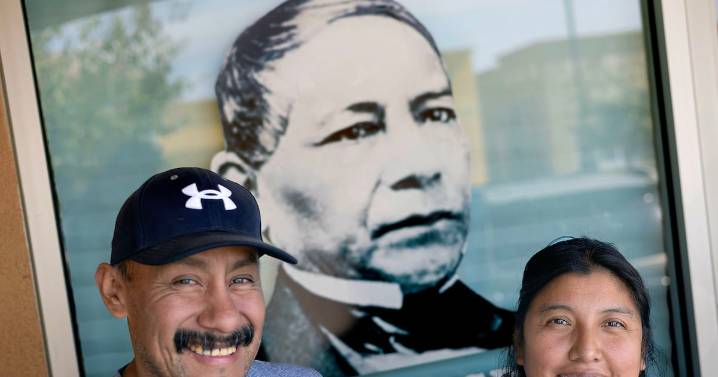LAMONT, Calif. — When it comes to the immigration process among the Hispanic community, Spanish is the language that comes to mind for how best to communicate.
In parts of the rural Central Valley, where an estimated one-quarter of farmworkers and day laborers in the area are of Mexican Indigenous descent, a community that includes many languages and dialects.
In recent years, Indigenous advocacy organizations have found that it’s becoming more difficult to communicate necessary information to their community members.
In Lamont, California, the organization Centro de Unidad Popular Benito Juarez, named for the first Indigenous Mexican president, sees firsthand the struggles that the COVID-19 pandemic and fear of immigration enforcement have created for different indigenous groups across

 Deseret News
Deseret News

 CNN
CNN Local News in Georgia
Local News in Georgia ABC6 Rhode Island
ABC6 Rhode Island FOX News
FOX News KCCI 8
KCCI 8 NBC4 Washington
NBC4 Washington Law & Crime
Law & Crime Associated Press US News
Associated Press US News The Daily Beast
The Daily Beast KCRG Iowa
KCRG Iowa